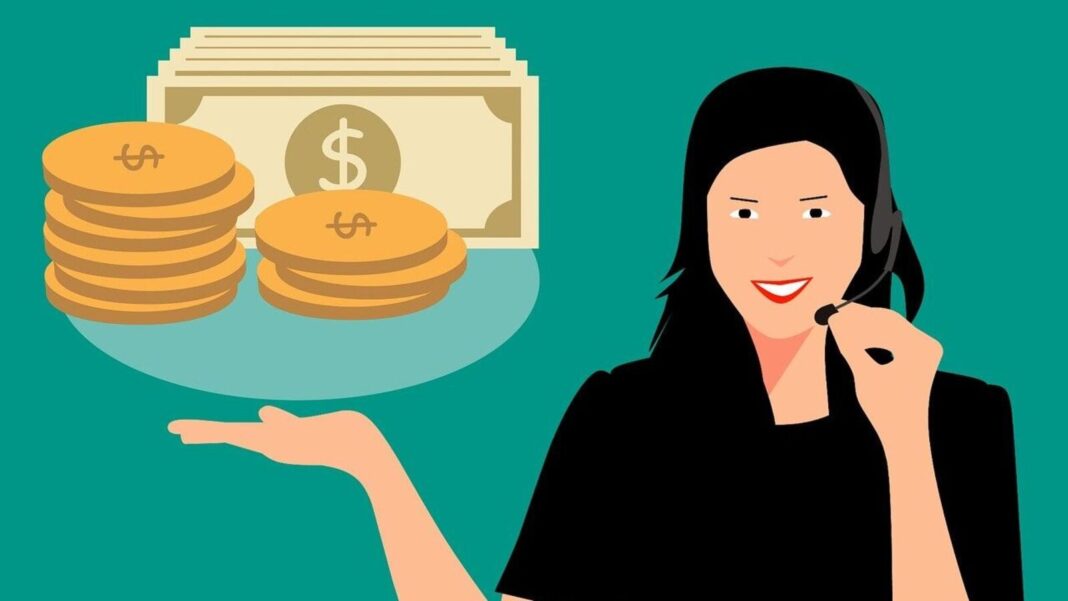Wadhwa started her journey when Facebook was thriving and Instagram was a photo-sharing platform. During this time, she created her online persona, Miss Coco Queen, a name that reflects her love for Coco Chanel and Alexander McQueen. “Back then I used to operate through blogs and Facebook posts, there was no video,” she recalled.
Making money was tough at the start, she said. Brands were not big on advertising on social media, and she spent most of her time convincing the companies about how she could help them.
Wadhwa told Mint for the first three to four years, she wasn’t making much. By 2016, however, things started to improve, and her income rose to about ₹2 lakh per month. “Back then, there were no stories or reels; there were only static pictures, and I was paid to post pictures and blog.”
The pandemic accelerated an already booming influencer marketing industry, with the internet becoming a primary source of entertainment. Wadhwa said her income soared manifold, but she didn’t disclose specifics. Even better, influencers were getting paid for making 30-second reels.
On the personal finance front, she put everything she earned in her savings account. “Keeping money and seeing it grow was my thing with money,” said Wadhwa. “Maybe that was lack of financial awareness, but that made me happy, and I wanted to increase that.”
As a fashion influencer, she also needed to reinvest a lot of her earnings toward buying expensive handbags and going on luxury trips. “As a fashion influencer, I have to show what kind of life I live.” Her last indulgence was a Chanel handbag worth ₹4.5 lakh.

View Full Image
A life-changing divorce
A few months ago, Wadhwa’s life took a turn when she separated from her husband after 11 years of marriage. The divorce not only had an emotional impact but also forced her to re-evaluate her finances.
Unlike many others, her Instagram account, with 2 lakh followers, was not just a side gig—it was her sole source of income. “Some people have alternate sources of income like a rich husband, but for me, it’s all my own,” she said with a chuckle.
Wadhwa also witnessed first-hand how platforms change overnight and new influencers end up surpassing existing players. “Facebook was big at one point, but it’s redundant now, TikTok got banned, and who knows what will happen to Instagram?” said Wadhwa. “I’m making money now, but tomorrow is uncertain.”
Most importantly, she also felt the need to prudently plan for her son’s current and future expenses. “Raising a kid is an expensive affair and it will get even more so.”
“I felt like I needed to have some plan in place for my child for his college education,” said Wadhwa. Her son, now 5 years old, relies on both parents for support, but no long-term financial goals have been set.
She started looking for someone to help her with her finances. This is when Manmeet Singh Khurana, an AMFI registered mutual fund distributor, got in touch with her through her relatives.

View Full Image
Untangling the mess
Wadhwa said it’s tough to believe others especially for money matters. But since Khurana had worked with some of her relatives’ portfolios, he was not a complete stranger.
He explained how the 3% annual return on her savings account, which was good optically, was barely enough to maintain purchasing power over time. “At that moment, it struck me that my money had to go out of my savings account,” Wadhwa said.
They decided to transfer most of her money into a diversified set of mutual funds. “Before meeting Manmeet, I had more than ₹30 lakh in my savings account, but as of last month there was only ₹70,000 left.” This was a one-off case, as some of her payments were delayed. She has since maintained more than ₹10 lakh in her bank account.
Wadhwa’s portfolio today comprises large caps, multi-asset, and flexi cap funds and is not exposed to small and mid-cap funds.
If not for mutual funds, most of her money would have remained in her savings account or gone into LIC policies, said Khurana.
The Instagram influencer already had two running LIC policies (annuity plan). Khurana suggested she close that account as “they either don’t offer much returns, or they don’t offer meaningful term cover”. Wadhwa continues to hold on to these LIC policies as her father told her to keep them as a safety net.
Also Read: How this Darjeeling-based coder seeks financial independence with ₹15-cr corpus
She also regularly contributed ₹1.5 lakh per annum to her PPF account to qualify for 80C tax deductions. She now invests in ELSS funds following Singh’s recommendation.
“It’s unbelievable how much money was just sitting in my bank account account,” said Wadha.
Navigating the influencer world
Having started her influencer career in 2013, Wadhwa has seen the highs and lows of the industry. “Social media has put my mental state in a tough spot, too. I see creators who started way after me with more followers, more projects, more opportunities,” said Wadhwa at an event.
“In jobs, we have at least EPF, and we have gratuity but entrepreneurs (like Wadhwa) do not have any debt margin to fall on,” said Khurana. “So we dwelled on it for a couple of months and decided to buy an endowment insurance plan which offered a fixed payment after a certain number of years.”
Mint does not endorse a mix of insurance and investments, as it is riddled with high costs and commissions. Traditional policies neither provide adequate insurance nor optimal investment returns.
Also Read: How this plant manager plans to fix gaps in his financial strategy


